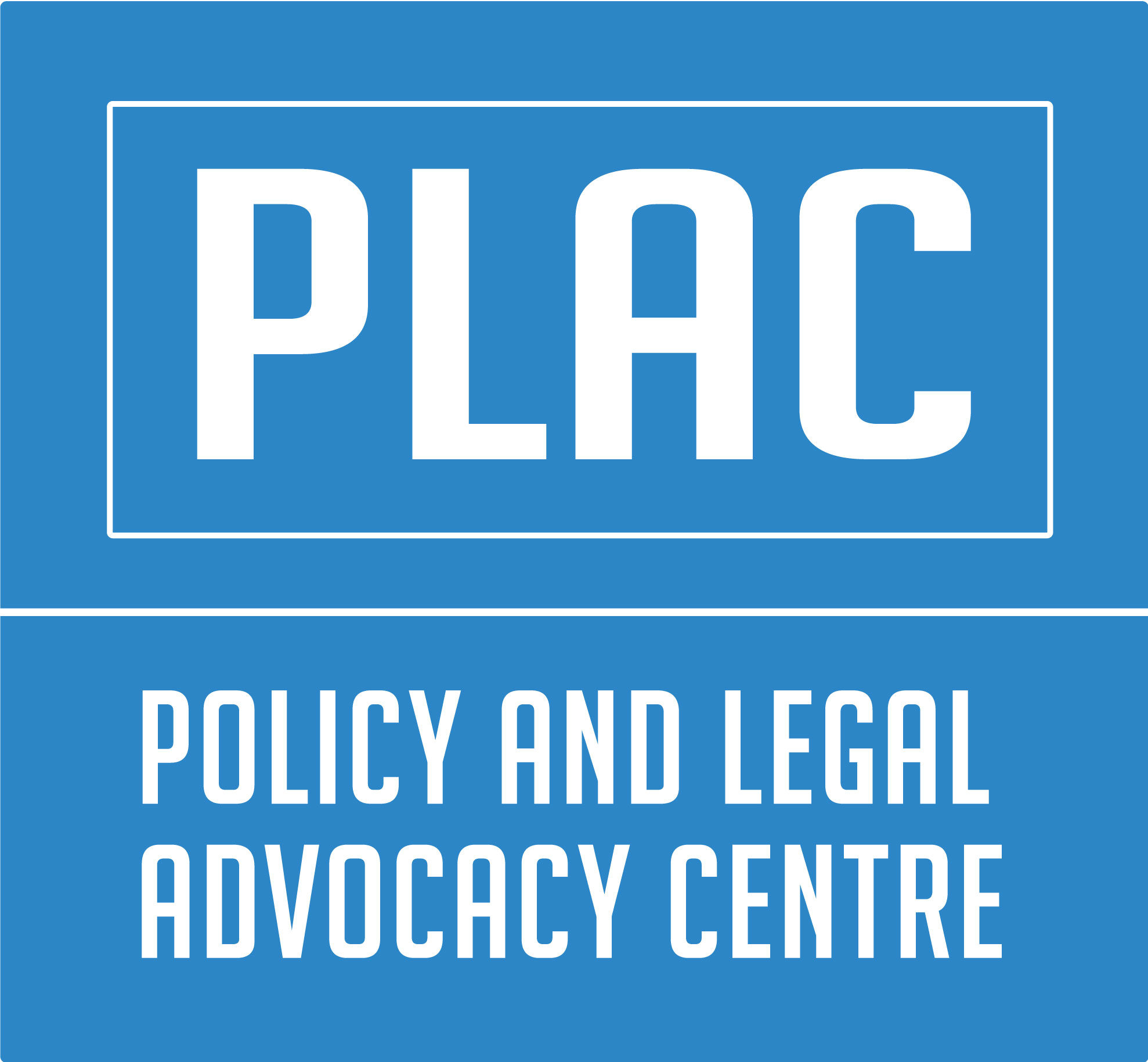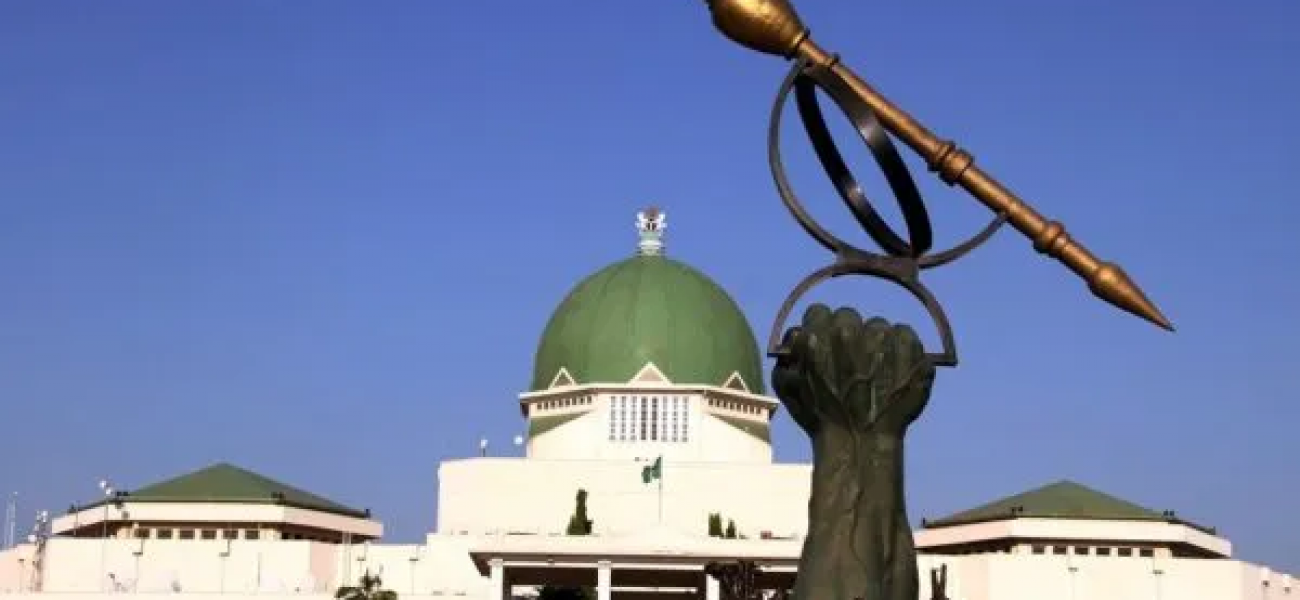Recent plenary sessions of both the Senate and House of Representatives have been tense.
A combination of grievances relating to unfulfilled financial commitments, stalled project implementation, and strained executive–legislative relations has contributed to a growing paralysis of routine legislative business.
In recent weeks, several sittings have begun with prolonged closed-door sessions, during which members deliberated on internal matters and emerging political issues. On multiple occasions, these sessions have extended well beyond the allotted time for open plenary, leaving little or no opportunity to consider the day’s legislative agenda. In some cases, the House reconvened only briefly before adjourning, without taking any items on the Order Paper. These recurrent adjournments have raised serious questions about coordination, cohesion, and procedural stability within the legislature.
Sources within the National Assembly indicate that many lawmakers are deeply aggrieved over what they describe as unfulfilled financial assurances from the Executive. The most contentious issue centres on the non-allocation of funds for constituency projects reportedly promised under the 2025 budgetary framework.
Legislators contend that, having identified, initiated, and in some cases engaged contractors to execute constituency and community development projects, they were dismayed to discover that no corresponding budgetary provision was made in the final appropriation. This omission has left many projects in limbo and contractors unpaid, exposing members to public criticism in their constituencies.
A major flashpoint in the growing tension is the President’s request for approval of a ₦1.15 trillion borrowing plan intended to close the 2025 budget deficit. Sources indicate that the N1.15 trillion supplementary Budget is actually intended to mostly pay the cost of funding the legislators constituency projects.
While the House grapples with these fiscal and institutional challenges, the Senate has been contending with its own internal turbulence. The upper chamber has become increasingly divided along political and factional lines, with reports of private meetings and informal consultations among senators expressing dissatisfaction with the leadership style and decision-making in the Senate President..
Sources suggest that this discontent stems from allegations of preferential treatment, uneven committee privileges, and perceived over-alignment with the Presidency on sensitive matters without adequate consultation with the wider membership. Some senators have privately accused the leadership of failing to sufficiently defend the institutional independence of the legislature, particularly in fiscal and oversight affairs.
Although talk of impeachment remains speculative at this stage, its persistence underscores rising internal divisions within the ruling party caucus. Political observers note that emerging realignments ahead of the next electoral cycle may be reshaping loyalties and alliances within the Senate, as legislators reposition themselves in anticipation of future political contests.
Taken together, the instability across both chambers signals a period of uncertainty for the National Assembly. With both Houses embroiled in disputes over unmet fiscal commitments and the Senate particularly navigating leadership fractures, legislative productivity and institutional harmony face significant strain in the weeks ahead.

